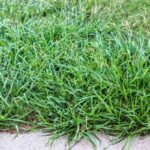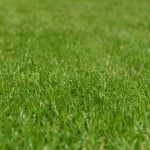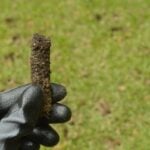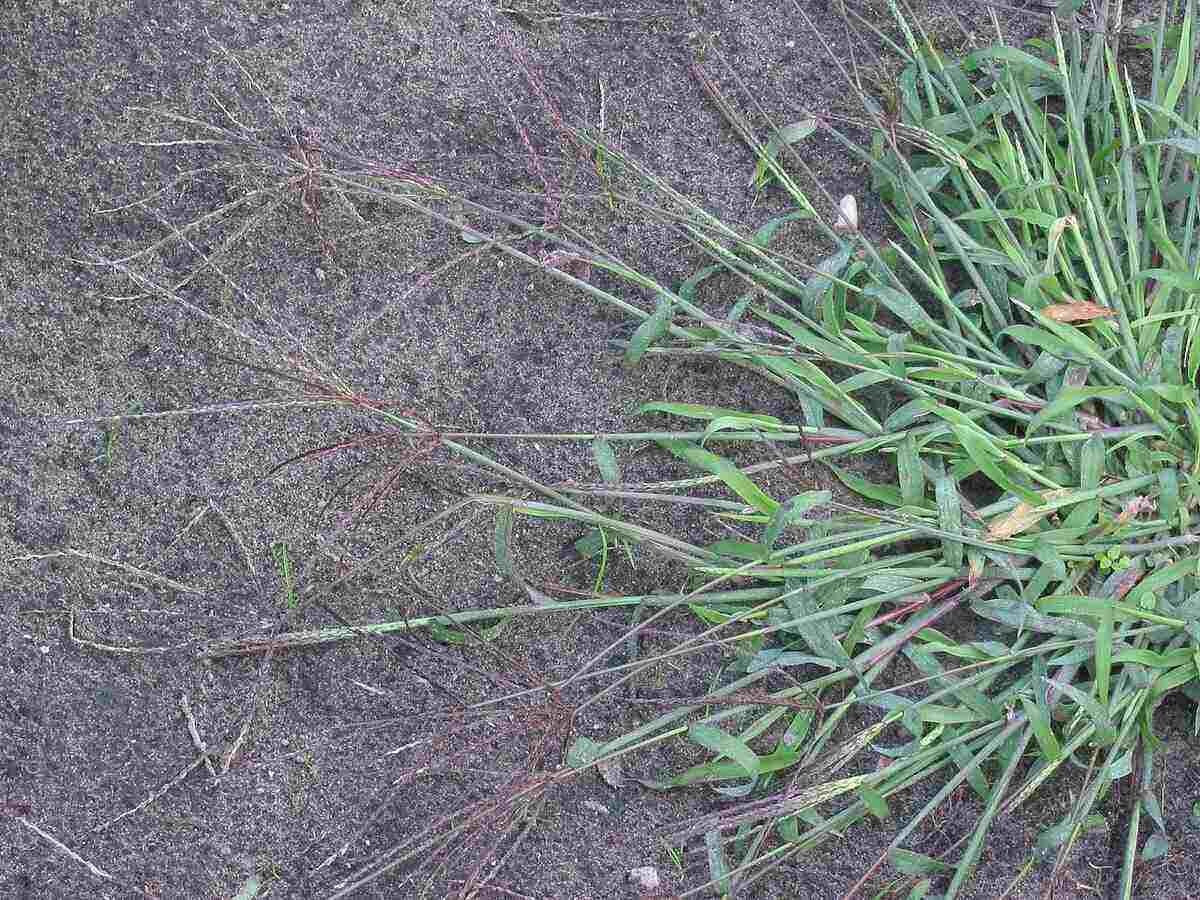
How can you get rid of crabgrass in your yard? Your options include pulling the plants at their roots, applying weed killers, or turning to lawn care professionals. No matter what method you choose, you may face an ongoing battle.
Crabgrass — at first, it seems like nothing but an oddly colored blade here or there, poking up among the otherwise rich green turf. Then, as soon as you let your guard down, you realize it’s a full offensive. The crabgrass has arrived to sabotage your immaculate landscaping. (OK, maybe not immaculate.)
Before an infestation occurs, there’s a lot you can do in the fight against crabgrass. Whether by hand-to-hand combat (weeding), chemical warfare (applying weed killers), or calling in reinforcements (hiring a professional) — the crabgrass will retreat, and your lawn will again rank as one of the best in the neighborhood.
What is Crabgrass?
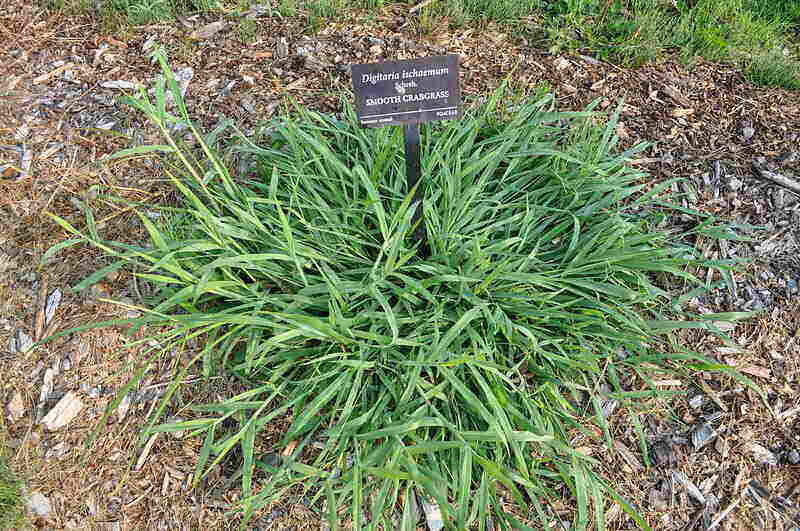
Crabgrass is a summer annual weed with some key characteristics:
- Habitat: Crabgrass prefers compacted soil and areas where the grass is in a thinned and weakened condition. It can appear in your garden, lawn, or ornamental landscapes.
- Growth cycle: This weed begins to grow during early spring, when soil temperatures are between 55 and 65 degrees, about 3 inches below the surface. Once midsummer hits, growth slows, it begins to set seeds, and dies off with the first frost.
- Appearance: Crabgrass has coarse, yellow-green leaves, and it is very easy to spot among the green, fine leaves of turf. It grows in bunches, like the arms of a crab or like troops spread out across a battlefield.
- Reproduction: The crabgrass growth cycle is concerning because a single plant produces as many as 150,000 crabgrass seeds. These seeds can lie dormant for as long as 30 years. With those odds stacked against you, getting rid of crabgrass can be challenging.
- Resilience: Crabgrass is a tough plant that can endure high temperatures and dry conditions.
What this means: Each growing season is just one battle in the ongoing war against crabgrass.
So, how do you get rid of crabgrass? Good question. With proper planning and preparation, it is possible to be victorious against crabgrass. While it’s unlikely you will ever totally sign a peace treaty with this weed, you can control crabgrass and come out of this fight on top.
Read on for your tactical training.
How to Get Rid of Crabgrass
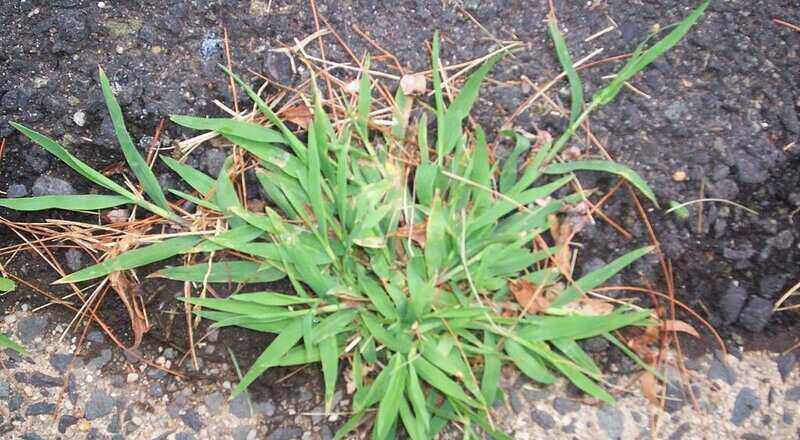
Weeding (On-the-Ground Combat)
Pulling the individual crabgrass plants can be a helpful plan of attack. Getting crabgrass out at its root level is one of the surest ways to kill crabgrass, but it is tiring and takes time and patience.
Unfortunately, maintaining crabgrass weed control means regularly weeding your lawn.
When to attack: Weeding should be done in late spring, before the crabgrass plant grows large and distributes its seeds. As with all weeding, this job is easiest following rain when the soil is moist and soft.
Pro Tip: One common misconception is that cutting crabgrass short will kill it off quickly. This little villain can produce seeds even at just 0.5 inches tall, which is much shorter than any residential lawn should be mowed. Like with most weeds, it’s important to get the roots and get them early.
Apply Weed Killers (Chemical Warfare)
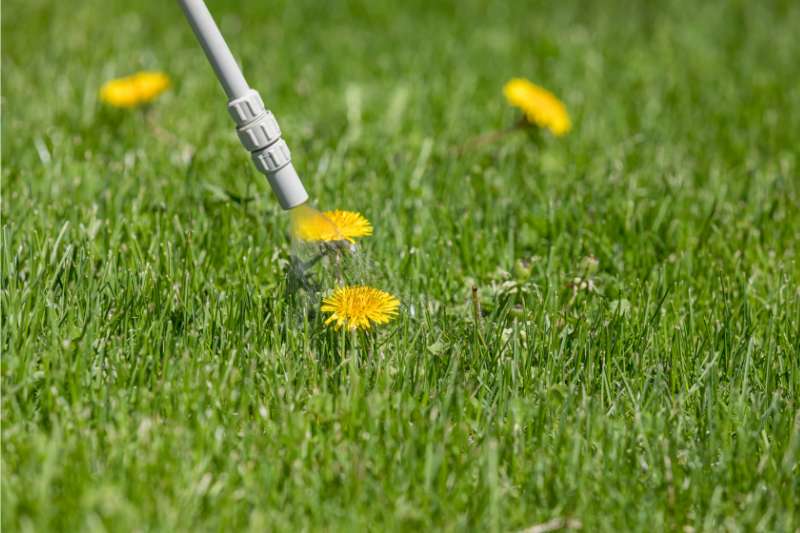
A common choice for any weed issue is a topical application. You’ll find lots of options at your local home store, but not all herbicides are created equal. Here’s a bit of information to help you in your advancement on crabgrass.
It’s important to choose a selective product, as it will attack certain weeds without permanently damaging the surrounding grass. You also need a product targeting invasive grasses; crabgrass is a grass, not a broadleaf weed.
There are two main types of weed killers: pre- and post-emergents.
- Pre-emergent herbicides are preventative chemicals that work to interrupt weed germination and prevent weeds from sprouting in your lawn.
- Post-emergent herbicides are the chemicals to use after weeds have already sprouted. Post-emergents will kill the already-grown weeds on your lawn.
Finally, liquid and granular options work equally as well. However, liquid products require a calibrated sprayer. It’s unlikely you already have a sprayer in your toolshed, but out in that cache of tools is probably a spreader. This alone might make granular options your best route.
After application, be sure to water according to the product’s instructions. Always read product labels carefully; ensure your grass type is listed as approved.
Pro tip: Stay away from weed and feed varieties, which combine herbicides and fertilizers. Because crabgrass is a variety of grass, these applications will actually nourish the invaders.
How to Prevent Crabgrass
Keep A Healthy Lawn
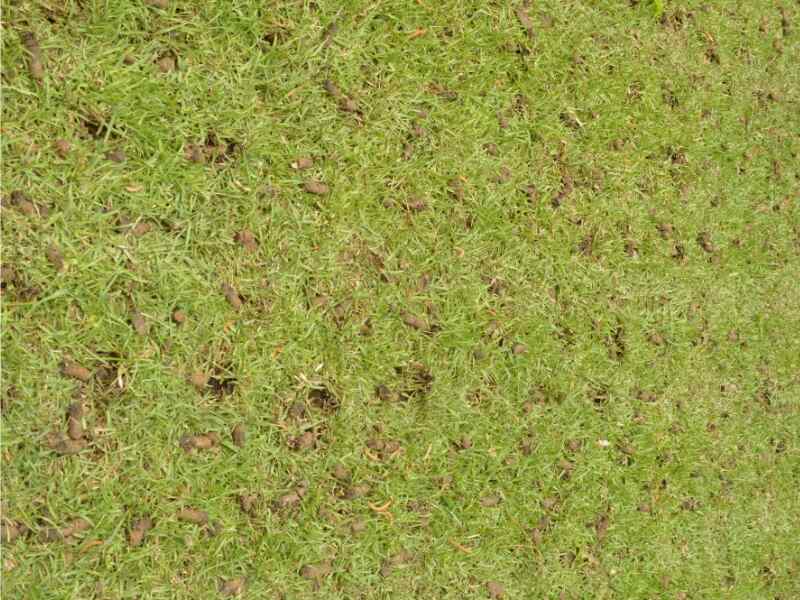
Your best defense against crabgrass and other lawn weeds is as simple as a healthy lawn. The shade created by a dense turf will prevent seeds from germinating, giving you an automatic advantage in the fight. There are a few ways to encourage a healthy lawn and discourage crabgrass.
- Aeration: Crabgrass favors compacted soil, so aerating the lawn is a sure way to help keep your lawn healthy and prevent crabgrass. Aeration helps to increase airflow in the soil and allows for more water accessibility. Grassroots will be stronger this way, and crabgrass is less likely to appear.
- Topdressing: If you’re looking for organic ways to improve the health of your lawn, look no further. Topdressing is a technique that involves spreading material such as sand or compost over the top of the grass to improve the soil quality. By improving your soil, you improve the health of your grass, making it easier to fight off weeds such as crabgrass.
Pair this with overseeding to give your lawn an extra boost.
- Mow tall: Trim your grass blades to the highest recommended height. Regular mowing serves as a natural crabgrass preventer, choking many weeds.
- Water infrequently: You’ll also want to water deeply but infrequently; this will kill the shallow-rooted enemy as the top of the soil will dry out in between waterings.
- Plant at the right time: If you live in a colder region, fall is the best time to overseed. For warm-season grasses, plant new grass seeds in late spring or early summer. When seeding bare spots, water regularly. Apply a crabgrass preventer in the spring.
(Check the label if you want to apply a pre-emergent before planting new grass seed. Most pre-emergents also prevent new grass from germinating.)
Use Corn Gluten Meal

Corn gluten meal (CGM) is a natural pre-emergent that won’t harm your grass. This natural material is a byproduct of corn and can be used to prevent some grassy and broadleaf weeds from sprouting, including crabgrass.
The proteins in CGM slow seedlings’ roots while also adding nitrogen to support turf growth and further help crabgrass control.
Corn gluten meal needs to be applied liberally and evenly to get rid of this weed. It is recommended to use 20 pounds per 1,000 square feet. Once it’s been spread out, water it into the soil.
Apply Pre-Emergent Weed Killer
Pre-emergent weed killer is the most effective and economical tool in the struggle with crabgrass. Pre-emergent herbicides interrupt the growth process, preventing complete germination. In other words, pre-emergents prevent crabgrass seedlings from ever seeing the light of day.
These products should not be used on grass that hasn’t established itself. For best results, overseed in the fall and apply a pre-emergent in the spring before the crabgrass has a chance to germinate. (You’ll prevent those dandelions as well.)
Note: Timing is critical when it comes to applying pre-emergents in the spring. Consider soil temperatures before you start to spray a pre-emergent. These herbicides work best when the soil (not air) temperature is between 50-55 degrees. If you apply too late, they will not interrupt the germination of the seedlings.
Look for products with these active ingredients:
- Dithiopyr
- Prodiamine
- Oryzalin (works especially well on warm-season grasses)
FAQ About Crabgrass
What Causes Crabgrass?
Several factors cause crabgrass. Here are a few:
- High temperatures and dry conditions provide an ideal environment for the growth of crabgrass.
- Mowing your lawn too frequently can stress the grass, favoring crabgrass.
- Mowing the grass too short also stresses the grass and gives crabgrass seeds more access to sunlight.
- Watering your lawn insufficiently during the summer can result in dry deep grass roots while providing enough moisture to the shallow roots of weeds like crabgrass.
How Can I Kill Crabgrass Without Killing Turfgrass?
Aside from using natural techniques like ripping out the weeds or applying corn gluten meal, there are selective herbicides that won’t kill certain grass types.
- Post-emergent herbicides such as quinclorac and foramsulfuron are known crabgrass killers and work on certain turfgrasses but can harm others. Using chemicals to kill crabgrass, not the green grass you want in your yard, involves knowing your grass and reading the labels of herbicides.
Quinclorac will not harm Bermudagrass, Kentucky bluegrass, or tall fescue lawns but should not be applied to bahiagrass, centipedegrass, fine fescue (unless it’s part of a fescue blend), or St. Augustinegrass.
Foramsulfuron works for Bermudagrass and Zoysiagrass but should not be applied to cool-season turfgrasses, St. Augustinegrass, or centipedegrass. - The best way to get rid of crabgrass is to take care of your lawn. Aerate and topdress annually to break up compacted soil, overseed to fill in bare patches, and mow tall to shade the soil and prevent crabgrass from germinating.
What is the Fastest Way to Kill Crabgrass?
If you’re a homeowner who’s freaking out and saying, “My entire lawn is crabgrass,” well, don’t panic. Hand-pulling and using selective post-emergent herbicides are the fastest ways to kill established crabgrass. On very small crabgrass seedlings, one treatment of horticultural vinegar is also usually effective.
What Prevents Crabgrass Naturally?
Many homeowners want to know how to remove crabgrass but don’t want the risk that chemical herbicides bring to their healthy grass. If that’s the case for you as well, choose these natural preventative steps instead:
- Keeping a healthy lawn can involve aeration, topdressing, overseeding or reseeding, proper mower heights, and watering.
- Corn gluten meal is a natural remedy and byproduct of corn. It is used to contain all broadleaf weeds and supports and strengthens turf growth in the process. It also inhibits crabgrass root development.
Hire a Professional (Call in Reinforcements)
Sometimes, when your weed control plan is getting less than controlled, the best thing to do is bring in backup. In this case, backup means lawn care professionals who can mount a strategic offensive on all fronts for crabgrass removal.
Once you’ve exhausted all your options or have 60% crabgrass or other weeds in your lawn, it’s time to call on the allied forces.
Main image credit: Rasbak / Wikimedia Commons / CC by SA 3.0
